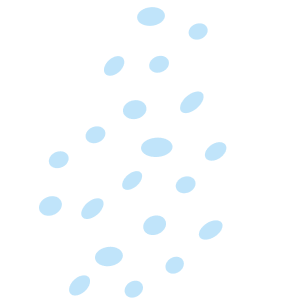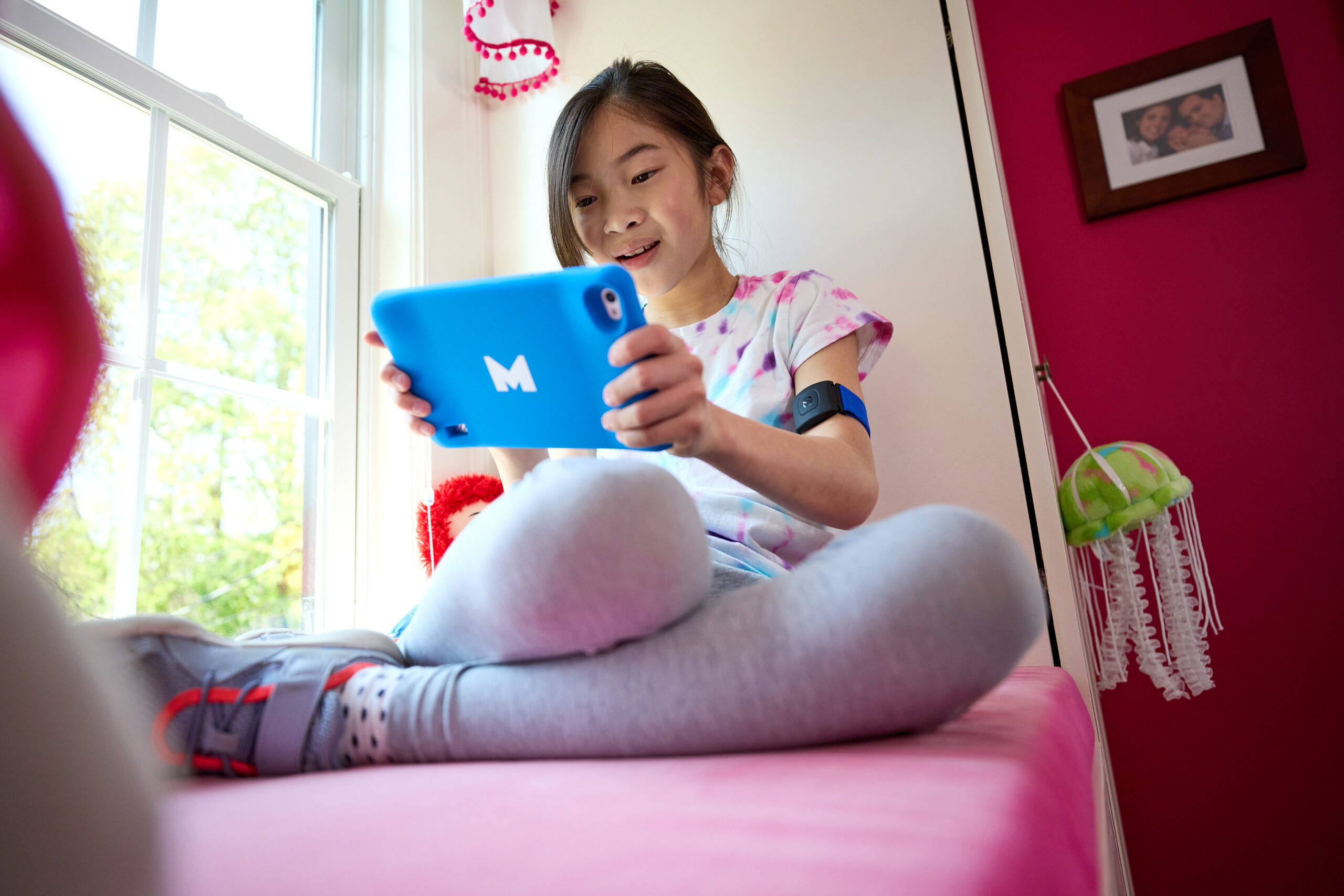Anxiety can be powerful. Whether triggered by something specific, or seeming to just exist on its own, anxiety impacts the brain and body in a variety of ways. There’s what anxiety feels like and does to us on a more surface level – sweaty palms, flushed face, perseverating thoughts and assuming the worst. There’s also what anxiety does to us internally, and an entire web of systems and processes within the body that drive everyday actions.
There’s a reason why anxiety can be powerful enough to hijack our thoughts and actions. It has to do with an instinctual response system built around our need to survive. This is a system that bypasses rational thought and choice. It is the reason why we can talk about emotions and coping skills when calm, yet still find ourselves incapable of accessing that information in the moments when it’s needed most.
Cognitive brain versus emotional brain
Thinking about physiological systems in terms of their “cognitive” and “emotional” functions is a simple way to break down this phenomenon of the anxiety hijack. The “cognitive brain” is largely made up of the prefrontal cortex. This is the area responsible for tasks like clear thinking, decision making, impulse control, and predicting consequences. It’s the part of the brain that lights up when we sit in a therapy session, talk about emotions and behaviors, think about triggers for anxiety, and recognize the importance of calming strategies like deep breathing. The cognitive brain does its best work when we feel calm.
The “emotional brain” functions differently. This is largely our limbic system, and it acts as a watch tower and control center for the entire body. When the emotional brain perceives a threat of any kind, it jumps into gear. By activating a series of bodily systems, it prepares us to respond to the threat at hand. Heart rate increases, breathing becomes shallow, and more oxygen is delivered to the muscles in preparation for movement.
This is a system that bypasses rational thought and choice.
This preparation comes with a tradeoff, however, as there are certain systems and functions that would inevitably slow us down in moments when quick action is required. The main and most frustrating tradeoff when it comes to anxiety – the cognitive brain is less accessible.
“I know why I feel anxious, I know what anxiety feels like in my body, so why do I feel so powerless to stop this from happening?”
By asserting its control over the brain and body in situations of perceived threat, the emotional brain is successful in protecting us. This reaction is what many call, “fight, flight or freeze,” and which path the body takes largely depends on the person. On top of this instinctual response to perceived threats, learned and practiced behaviors add additional strength to the mix. What that means is that, the more the emotional brain activates and takes full control, the better it gets at activating and taking full control.
Undoing the Hijack
If the emotional brain’s immediate control over us becomes stronger the more it activates in one direction, activating it in the other direction can do just the opposite. For many people who struggle with anxiety, training the brain and body to respond differently under stress could be the answer. This process includes repeatedly practicing calming strategies in the earliest moments of anxiety.
Mightier helps children develop emotion regulation abilities in a way that sticks
Mightier’s biofeedback games allow kids a view into their emotional brain by monitoring their heart rate. Children are provided with a constant visual of their heart rate layered on top of their game play. When their heart rate is up, the games become more challenging. When they bring their heart rate down, they earn rewards. Mightier’s games teach children various calming strategies along the way so they experiment with what feels right for them. Over time and with continued practice, this process of bringing the heart rate down resets the balance between the cognitive and emotional brains. The end results are more automatic calming abilities, and a cognitive brain that stays online and can make rational decisions despite feeling threatened.
Anxiety is a useful and valuable emotion. It has a purpose and a job to do. Oftentimes it’s important to listen to our anxiety and what it’s telling us about a situation, or even what it’s telling us about ourselves. But for many people, especially for kids, anxiety can be overpowering, and even flooding. Developing a new automatic regulatory response gives kids a chance to address their anxiety rather than be overwhelmed by it.
















